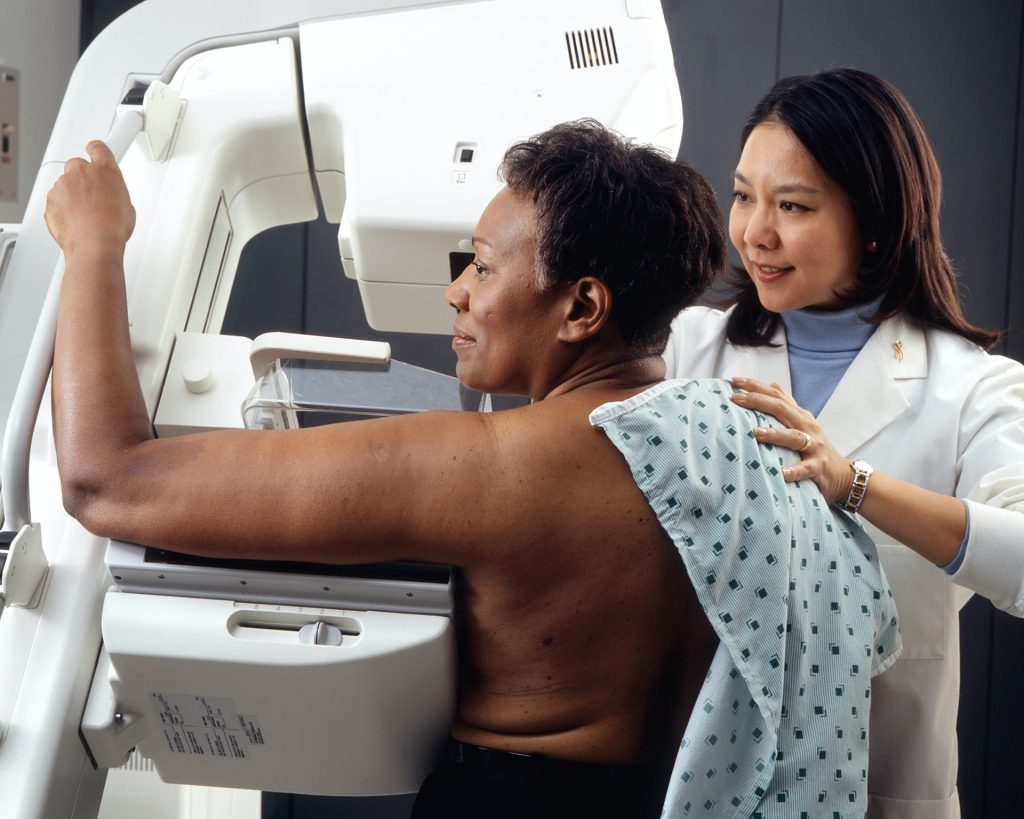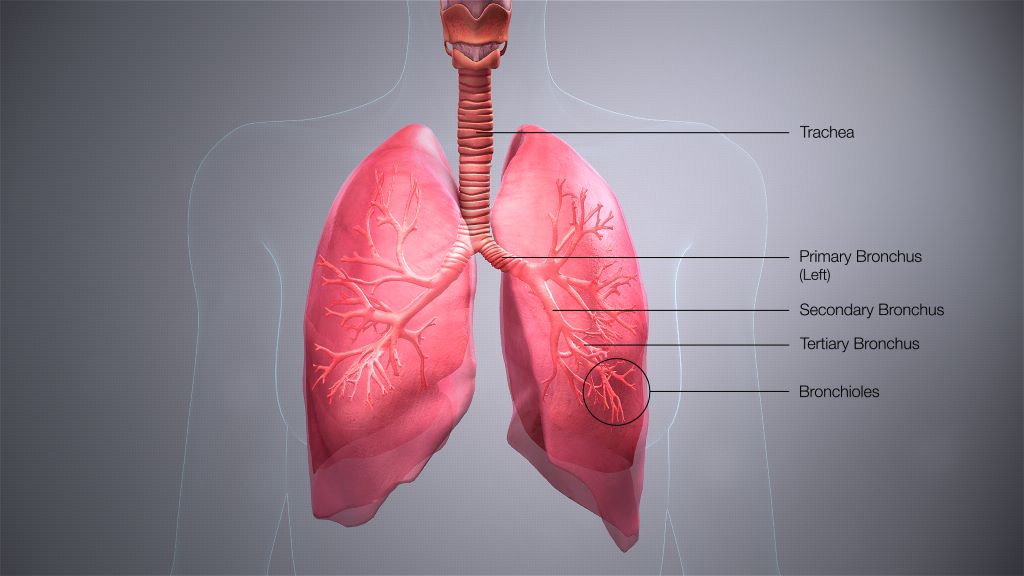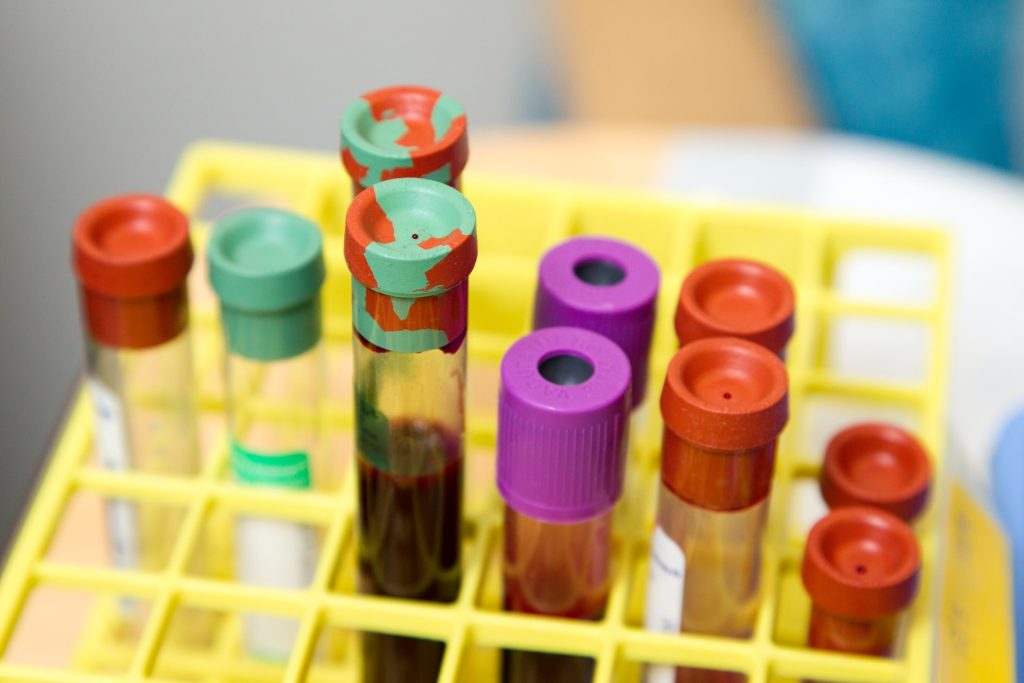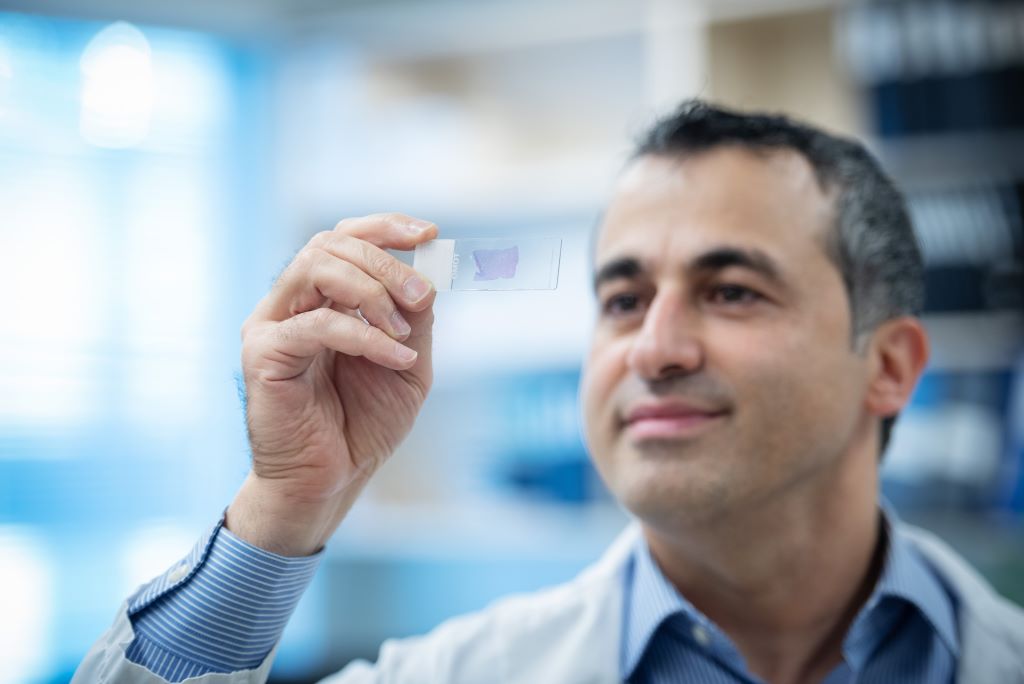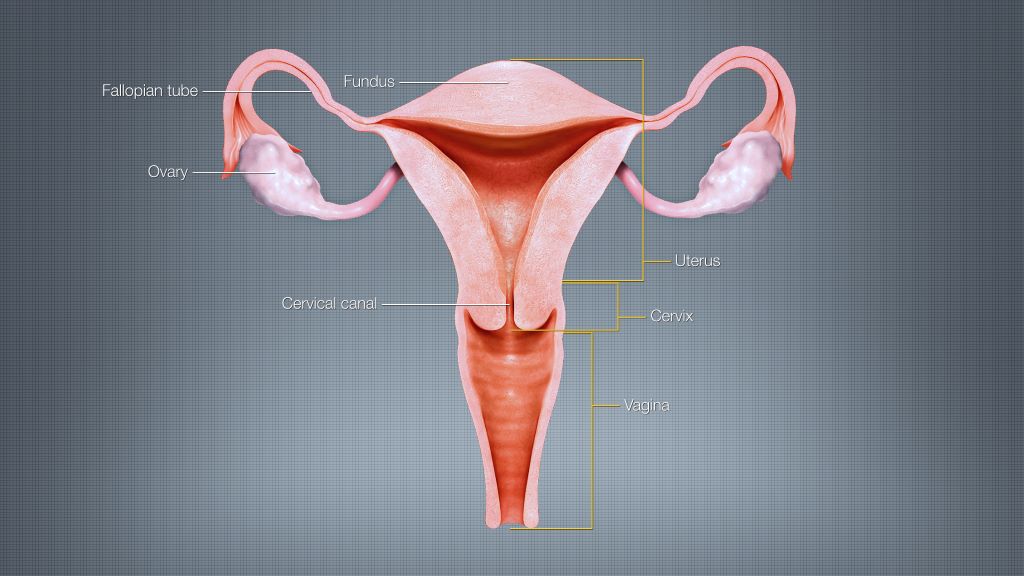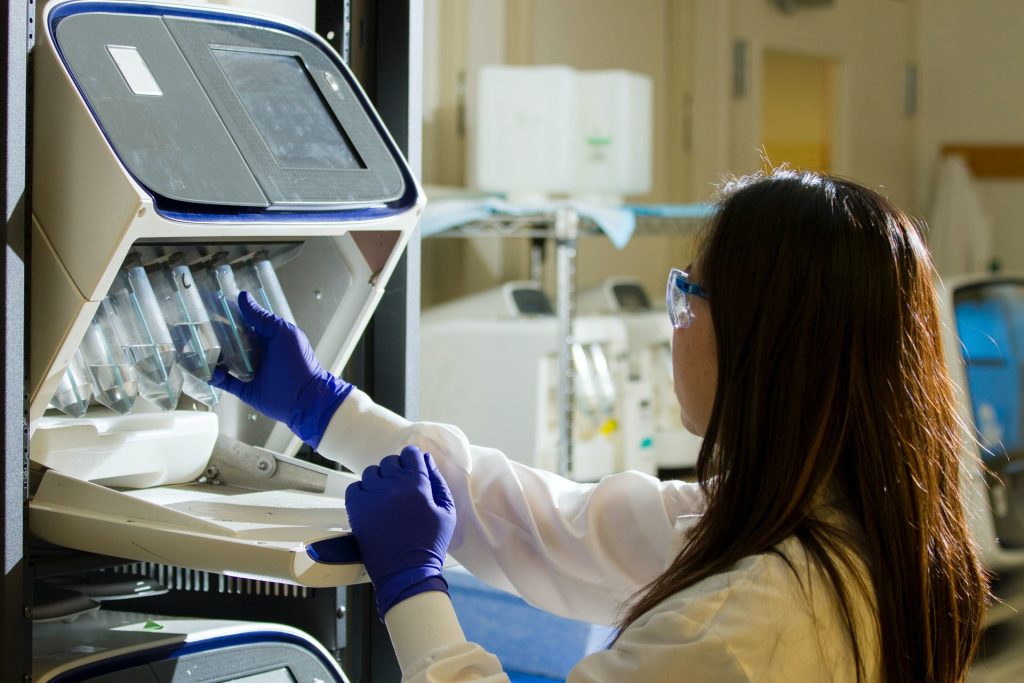Three out of Ten Breast Cancers are Detected Between Screenings

In a new study, researchers from Karolinska Institutet have shown that so-called interval cancers, which are detected between two screening sessions, account for a significant proportion of breast cancer cases and that certain risk factors may increase the likelihood of developing this type of cancer. The study was published in the journal JAMA Oncology.
Mammography screening has been shown to be effective in reducing breast cancer mortality by detecting cancer at an early stage. Despite this, some cancers are not diagnosed during screening but between screening rounds, known as interval cancers. This type of cancer can be more aggressive and difficult to treat than breast cancer detected during a scheduled screening.
The study, which covers half a million women in Stockholm between 1989 and 2020, shows that interval cancer accounts for a significant proportion of all breast cancer cases.
“We found that interval cancers account for about 30 per cent of all breast cancers detected by screening and this percentage has remained constant over three decades, despite advances in screening technology,” says Yuqi Zhang, postdoctoral fellow at the Department of Medical Epidemiology and Biostatistics, Karolinska Institutet and lead author of the study.
The researchers identified several factors that increase the risk of developing interval cancer. These factors include high breast density, hormone therapy, higher education level and older age at first childbirth.
“Women with high breast density and use of hormone therapy are at increased risk of being missed at screening due to false negative results,” says Yuqi Zhang.
Rapid growth of tumour
In addition, the study showed that women with a family history of breast cancer, especially interval cancer, are at a higher risk of developing interval cancer themselves. Women with a family history of breast cancer were 1.9 times more likely to develop interval cancer, and this risk increased to 2.9 times if they had a family history of interval cancer specifically.
“This is often due to the rapid growth of tumours between screening rounds rather than missed detections. The study therefore emphasises the need for more frequent or improved screening methods specifically designed for women with these particular risk factors,” says Yuqi Zhang.
“Adapting screening protocols to reflect individual risk profiles – whether through more frequent mammography, supplemental imaging like contrast-enhanced mammography, or incorporating genetic testing – could significantly improve early detection rates,” says last author Professor Kamila Czene at the same department.
“By identifying cancers earlier, we can offer more effective and less invasive treatments, improve long-term survival outcomes, and reduce the emotional and physical toll on patients.”
Source: Karolinska Institutet

